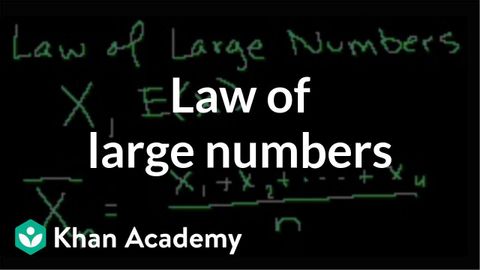
Subtitles & vocabulary
Law of Large Numbers
00
fisher posted on 2013/04/09Save
Video vocabulary
number
US /ˈnʌmbɚ/
・
UK /ˈnʌmbə(r)/
- Noun (Countable/Uncountable)
- Symbols such as 1, 2, 56, 793
- Particular song or dance performed during a show
- Transitive Verb
- To put numbers on things
- To assign a sequence within a group, series, set
A1TOEIC
More box
US /bɑ:ks/
・
UK /bɒks/
- Noun
- A marked area of a baseball field
- A container with four straight sides and a lid
- Transitive Verb
- To strike someone on the side of the head
- To pack an object in a six-sided container
A1TOEIC
More kind
US /kaɪnd/
・
UK /kaɪnd/
- Adjective
- In a caring and helpful manner
- Countable Noun
- One type of thing
A1TOEIC
More shoe
US /ʃu/
・
UK /ʃu:/
- Noun (Countable/Uncountable)
- Outer covering for the foot, often made of leather
- Piece of metal nailed under a horse's foot
- Transitive Verb
- To put a metal ring on a horse's foot
A2
More Use Energy
Unlock All Vocabulary
Unlock pronunciation, explanations, and filters
